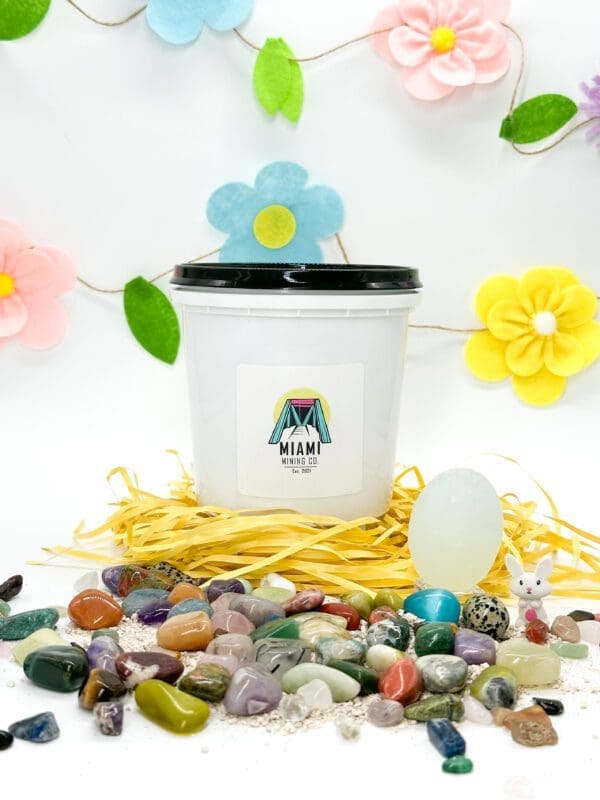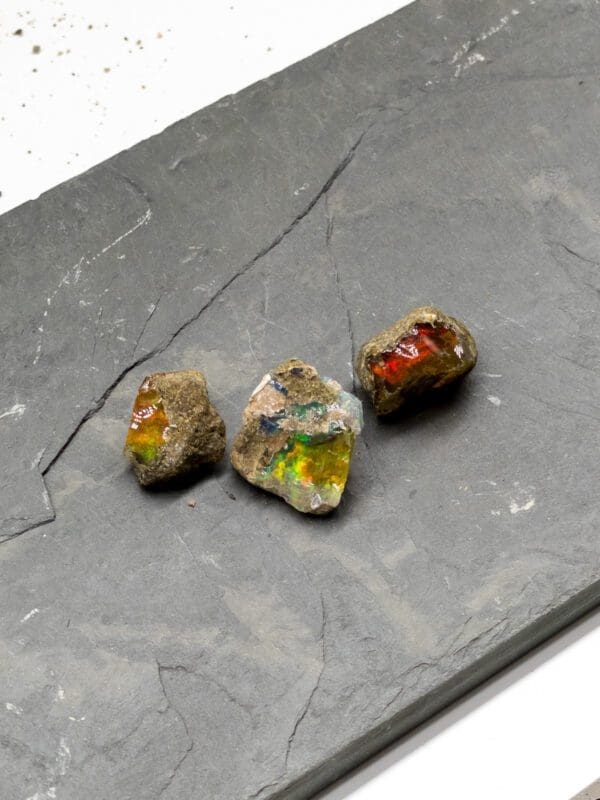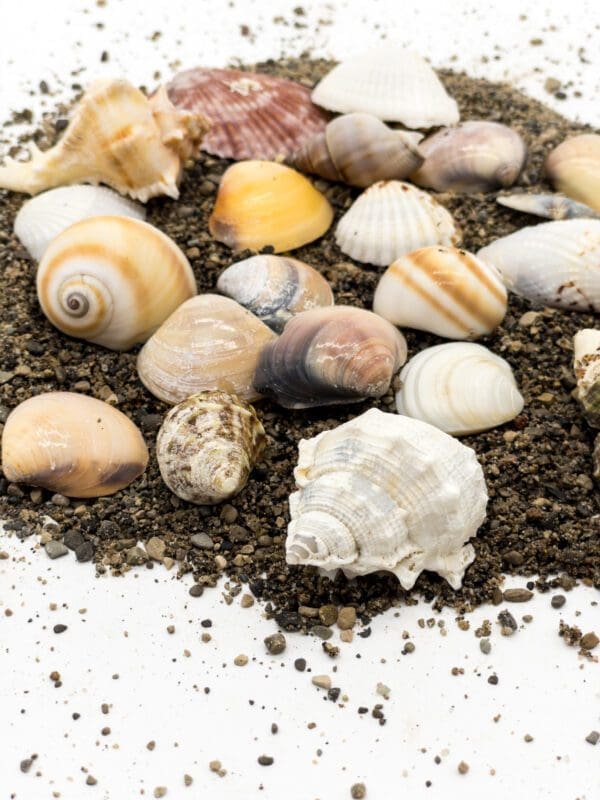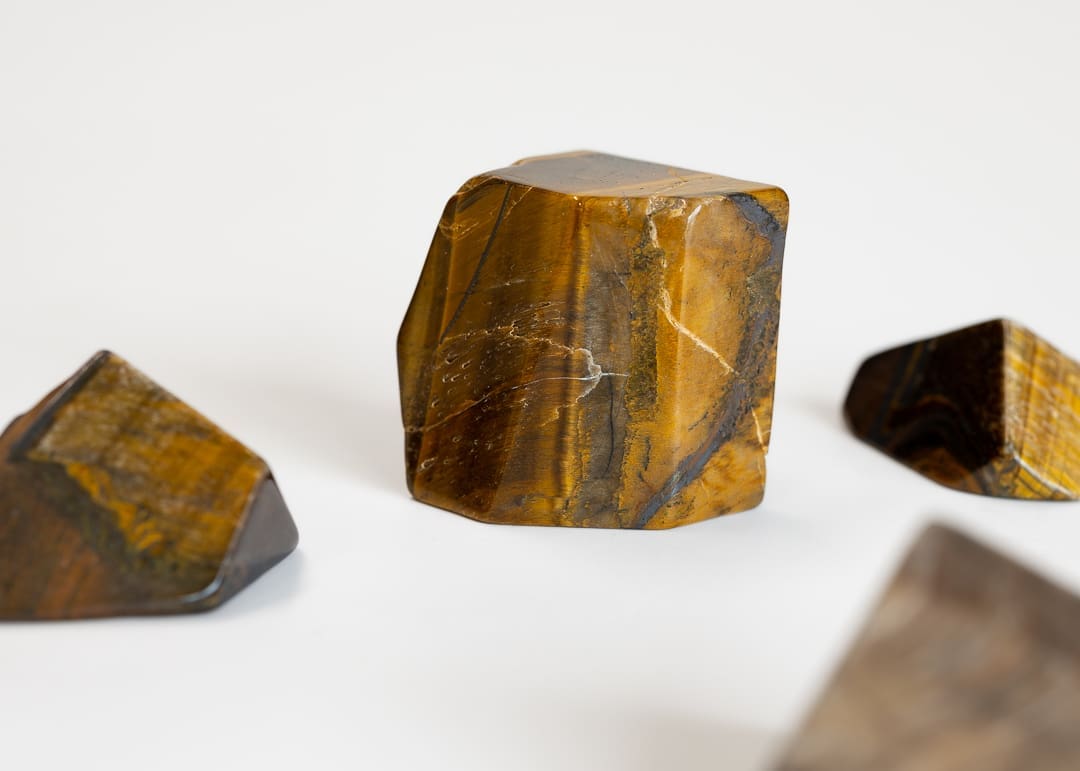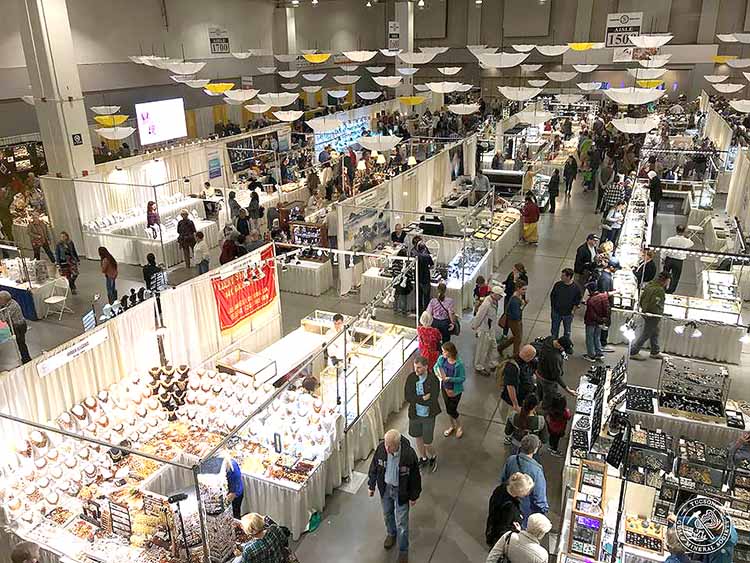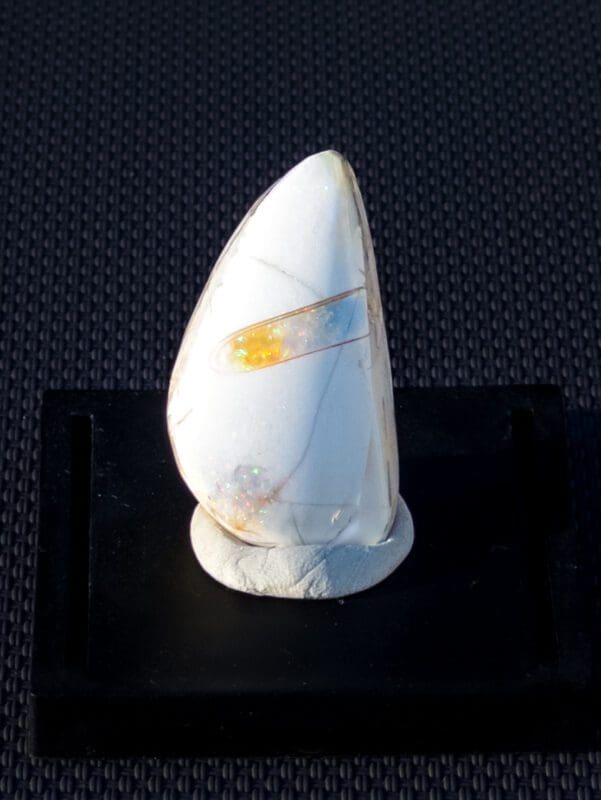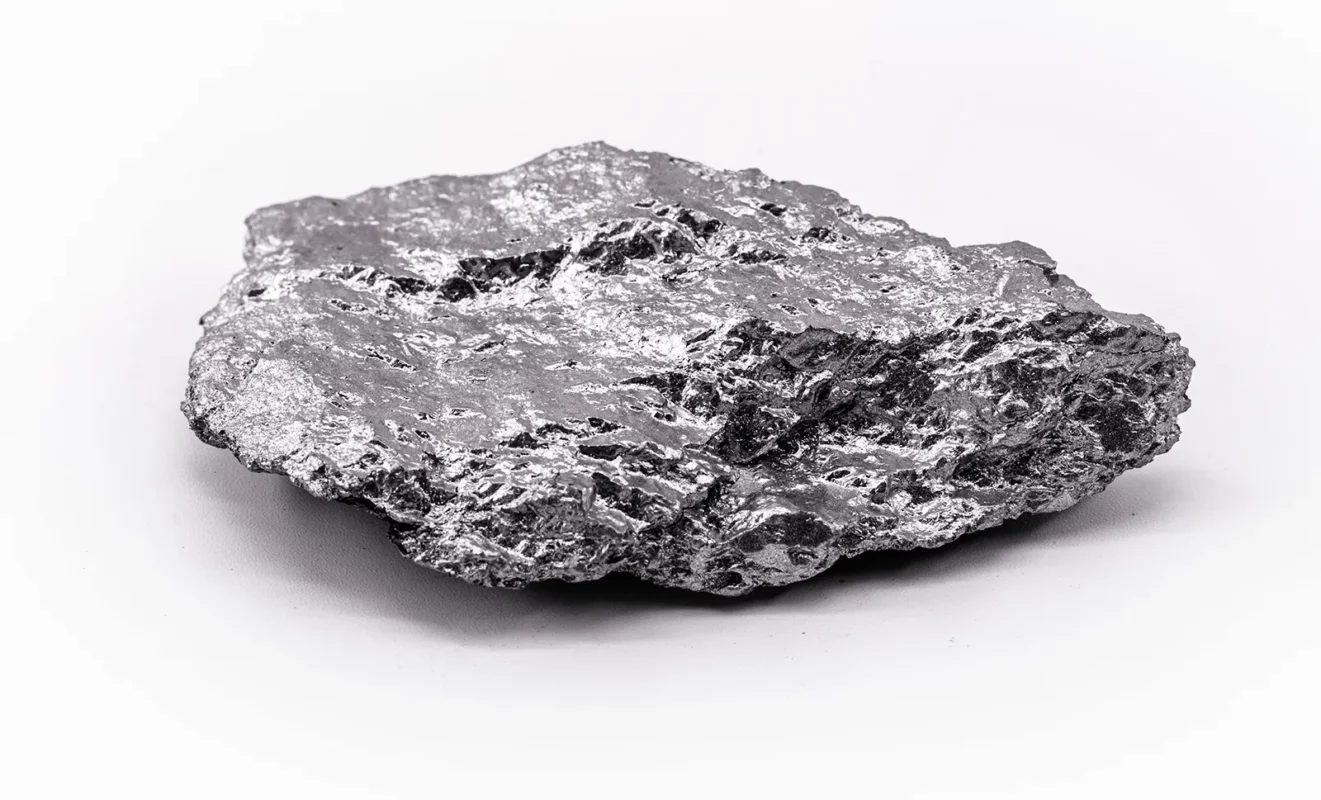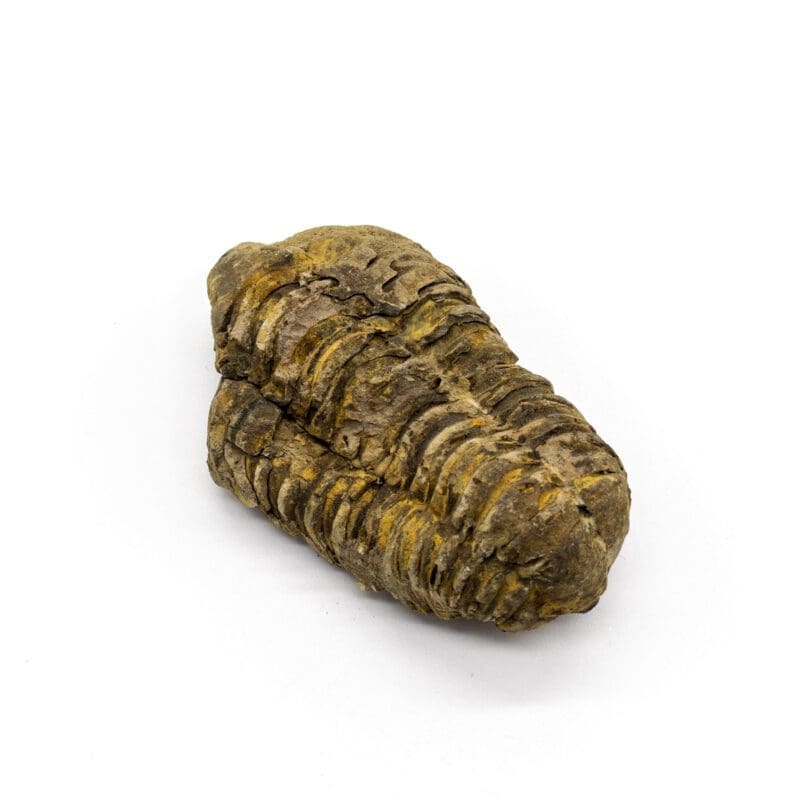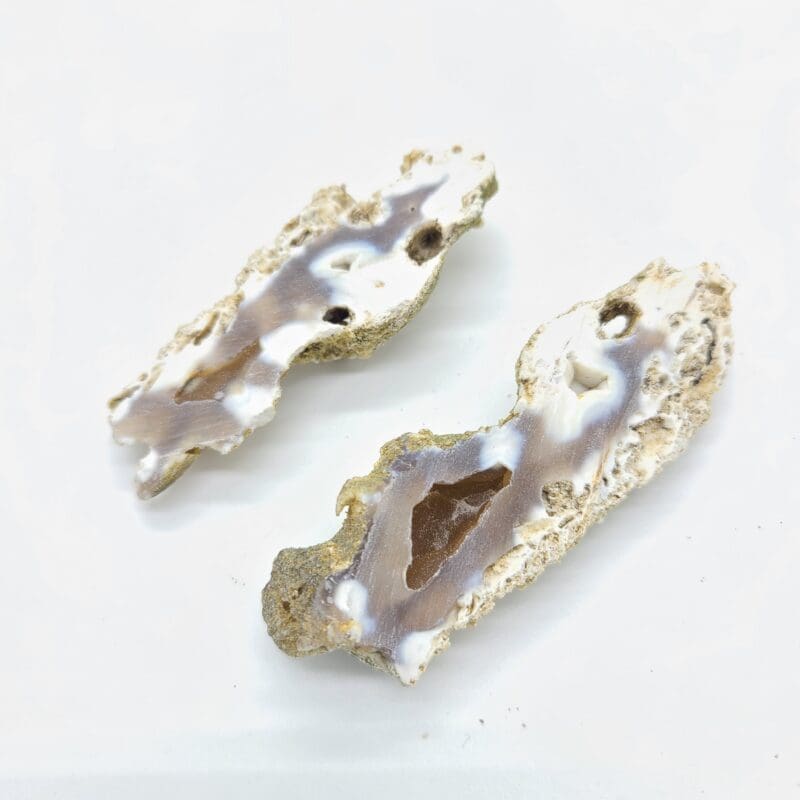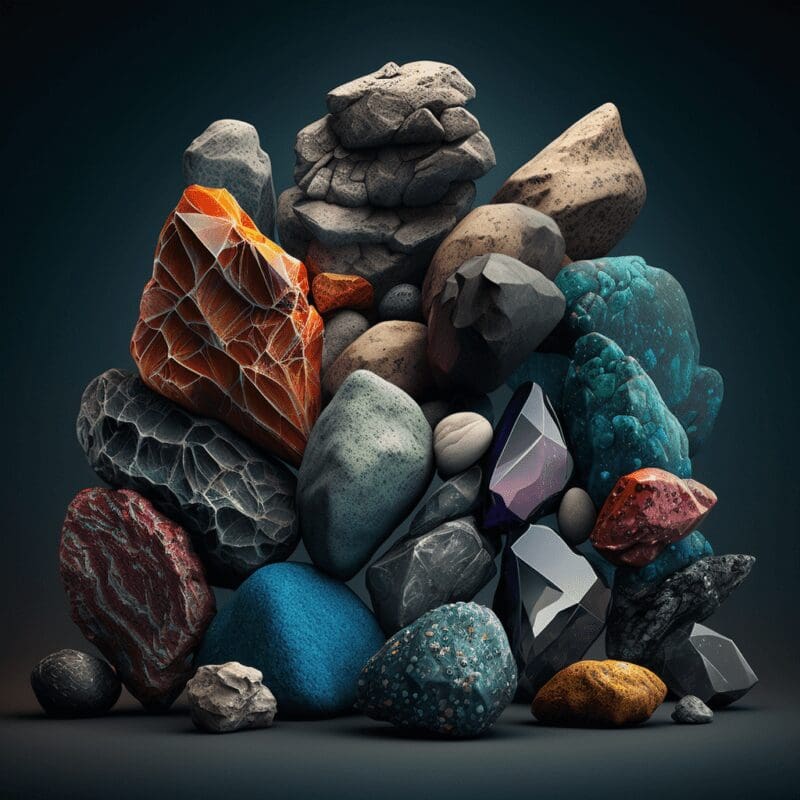Easter is a time for new beginnings, growth, and fresh starts. For crystal collectors, Easter can be a great opportunity to expand their collections and try something new. One fun and unique way to celebrate the holiday is by combining the tradition of Easter egg hunting with the excitement of gem mining. Gem mining buckets and carved crystal eggs make the ideal pair, offering a fun and educational way to celebrate the holiday and collect beautiful and unique crystals.
Gem mining buckets are a popular activity for people of all ages. They allow you to experience the thrill of discovery, as you sift through dirt and gravel to uncover hidden gems. These buckets typically contain a variety of different rocks and minerals, including crystals, gemstones, and fossils. They provide a fun and educational way to learn about geology and the natural world, and they can be a great way to bond with friends and family.
But what about Easter eggs? How do they fit into the world of crystal collecting? Well, carved crystal eggs are a unique and beautiful way to display and collect crystals. These eggs are typically made from a single piece of crystal, such as quartz, amethyst, or rose quartz. They are expertly carved and polished, and they can be used as decorative items or as part of a larger crystal collection.
So, how do gem mining buckets and carved crystal eggs make the ideal pair? For starters, they both offer a fun and engaging way to collect crystals. With a gem mining bucket, you never know what you’re going to find. It’s like a treasure hunt, where the treasure is beautiful and unique rocks and minerals. Similarly, carved crystal eggs offer a sense of excitement and discovery. Each egg is unique and has its own character, and they make for great conversation starters and display pieces.
Furthermore, gem mining buckets and carved crystal eggs offer a great opportunity to learn about geology and the natural world. With a gem mining bucket, you can learn about the different types of rocks and minerals and how they’re formed. You can also learn about the history of mining and the role it has played in human civilization. Similarly, carved crystal eggs can teach you about the properties of different types of crystals and how they’re used in crystal healing and other practices.
Another reason why gem mining buckets and carved crystal eggs make the ideal pair is that they’re both great gifts. If you know someone who loves rocks and minerals, then a gem mining bucket or carved crystal egg could be the perfect Easter gift. They’re both unique and thoughtful, and they offer a fun and engaging way to celebrate the holiday. Plus, they’re great for people of all ages, so you can share the joy of crystal collecting with your friends and family.
So, how can you incorporate gem mining buckets and carved crystal eggs into your Easter celebration? One idea is to host a gem mining party. Invite your friends and family over for an Easter egg hunt with a twist. Instead of hiding chocolate eggs, hide gem mining buckets around your backyard or local park. Then, once everyone has found their bucket, spend some time sifting through the dirt and gravel to uncover hidden gems. Afterwards, you can all gather together to admire your finds and share stories about your favorite rocks and minerals.
Another idea is to incorporate carved crystal eggs into your Easter decorations. You can use them as part of a centerpiece, or you can place them around your home as a subtle and beautiful reminder of the holiday. You can also give them as gifts to your loved ones, along with a gem mining bucket or other crystal-related item.
In conclusion, gem mining buckets and carved crystal eggs make the ideal pair for Easter and crystal collectors alike. They offer a fun and engaging way to celebrate the holiday while also learning about the natural world and expanding your crystal collection. So why not try something new this Easter.

